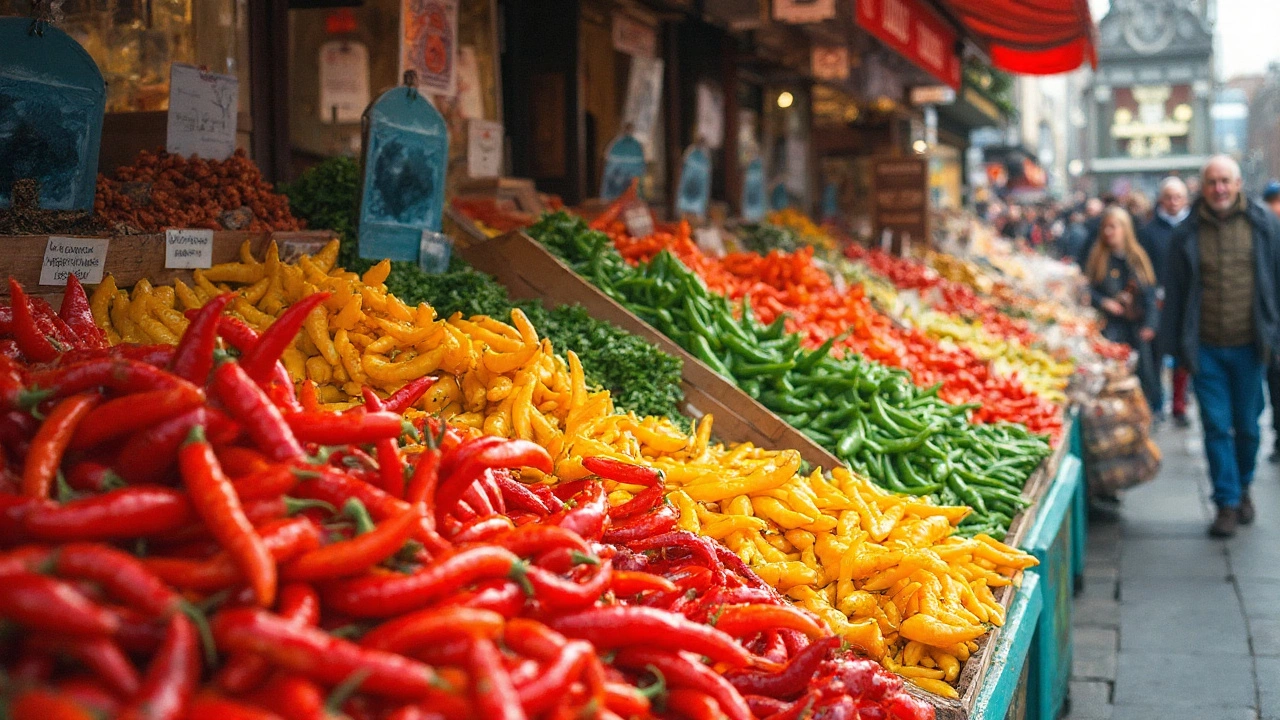
Who Is the King of Spicy? Unmasking the World's Hottest Pepper
Searching for the king of spicy? Dive into the wild world of chili peppers, discover the hottest contenders, and get tips for surviving the heat like a pro.
If you love a firecracker in your food, you’ve probably heard the term “hottest pepper.” It’s not just a bragging right – the heat level matters when you cook, taste, or even store these beasts. This guide breaks down the basics, shows you the top contenders, and teaches you how to handle them without burning your mouth or kitchen.
Heat in peppers comes from a compound called capsaicin. The more capsaicin, the higher the Scoville rating – the number that tells you how many times you’d have to dilute the pepper extract before you can taste the heat. Carolina Reaper, Trinidad Moruga Scorpion, and Pepper X sit at the top, all topping one million Scoville Heat Units (SHU). Most everyday peppers, like jalapeños, sit under 10,000 SHU, so the jump to a million is massive.
Two things drive a pepper’s heat: genetics and growing conditions. Farmers breed plants to boost capsaicin, and sunlight, soil, and stress can push the levels even higher. That’s why the same pepper variety can vary a bit from farm to farm.
First rule: treat them like tiny fireworks. Wear gloves when you cut or seed them, and avoid touching your face. If you do get capsaicin on skin, wash with dish soap – regular soap won’t cut it because oil holds the heat.
When you’re ready to use the pepper, start small. A single slice can turn a dish from mild to explosive. Add it to sauces, marinades, or even chocolate for a fun contrast. Remember, the heat spreads evenly, so mixing it well prevents hot spots.
Storing is simple: keep whole peppers in the fridge for up to two weeks, or freeze them for longer life. If you dry them, they’ll keep indefinitely and can be ground into powder for a handy spice.
If you ever overdo it, dairy is your best friend. Milk, yogurt, or cheese bind the capsaicin and calm the burn. Water only spreads the heat, making it feel worse.
Now that you know the basics, you can experiment confidently. Whether you’re adding a dash to a taco or making a daring hot sauce, the hottest pepper offers a thrill that’s hard to match. Just respect the heat, follow the safety tips, and enjoy the fiery kick it brings to your meals.

Searching for the king of spicy? Dive into the wild world of chili peppers, discover the hottest contenders, and get tips for surviving the heat like a pro.